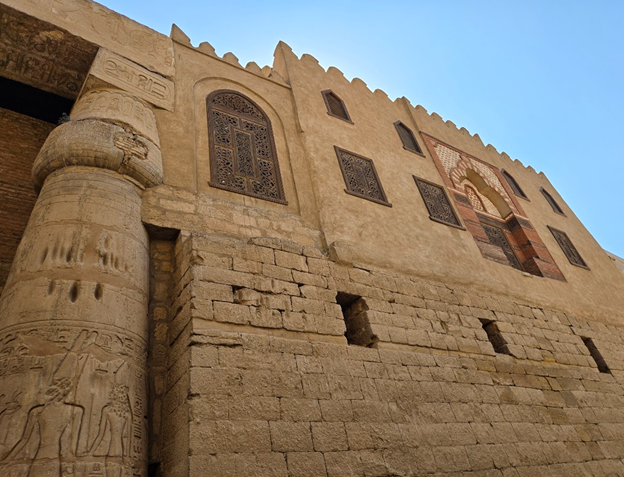
Imagine floating serenely above the Nile at dawn, where the first rays of sunlight paint the sky in strokes of gold and pink, transforming Luxor into a dreamscape. Hot air ballooning here isn’t just another tourist activity – it’s your front-row seat to one of the most spectacular shows on Earth. As your balloon rises silently into the cool morning air, you’ll watch the ancient city shake off its slumber while the mighty Nile snakes its way through the landscape like a silver ribbon.


Video: https://photos.app.goo.gl/jnQdoMndPBAcezhR6
From your wicker basket perch, you’ll get a bird’s-eye view that even the pharaohs couldn’t have imagined. The Valley of the Kings unfolds beneath you like an ancient map, while the massive columns of Karnak Temple cast long shadows across the desert floor. You’ll drift over a patchwork of emerald fields and mud-brick villages where farmers head out to work just as their ancestors did thousands of years ago. It’s one of those rare travel experiences where ancient and modern Egypt merge into one unforgettable moment, all while you float peacefully above it all with nothing but the occasional burst of the balloon’s flame breaking the morning silence.

Karnak Temple
Entrance to Karnak Temple


Karnak Temple isn’t just big – it’s mind-blowingly massive, like ancient Egypt’s answer to a modern-day cathedral. Imagine walking through an entrance flanked by massive ram-headed sphinxes, each one seemingly sizing you up as you pass, and stepping into a complex so vast it could fit ten average European cathedrals inside. This wasn’t just some weekend project for the pharaohs; it took over 2,000 years to build, with each ruler adding their own touch, kind of like a game of architectural one-upmanship that spanned millennia.


The Great Hypostyle Hall hits you like a scene from Indiana Jones come to life – 134 columns soaring toward the sky like a forest made of stone, some as thick as a small house. When you stand among these giants, you can’t help but feel delightfully tiny, especially when you realize that these columns were once brightly painted and topped with a roof, creating a jaw-dropping indoor space that would make modern architects weep with envy. The dappled sunlight filtering through the remaining roof stones creates an almost mystical atmosphere, making it easy to imagine the space filled with incense smoke and chanting priests.
Video of Hall: https://photos.app.goo.gl/iNFDi9Wi1RzJspj78

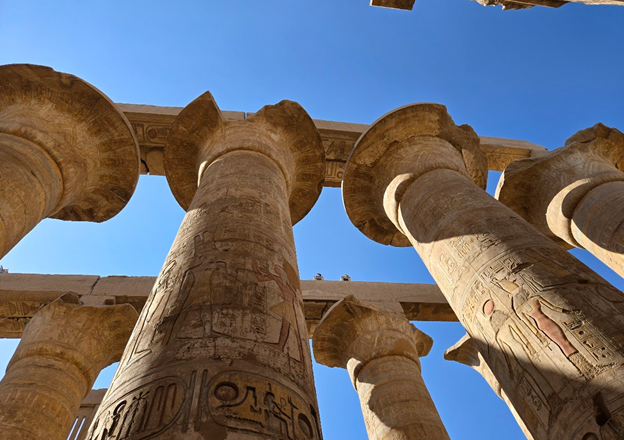
Hidden throughout this massive playground of ancient architecture are countless details that’ll stop you in your tracks – from perfectly preserved hieroglyphics telling tales of pharaohs and gods to the world’s earliest known zoo, established by Queen Hatshepsut herself. The sacred lake, still filled with water after thousands of years, reflects the surrounding stonework like a mirror to the past. Pro tip: visit late afternoon when the sun turns the sandstone columns golden, and the ancient stones seem to come alive with their own inner fire. Just try not to get lost – the ancient Egyptians built this place to impress the gods, and they definitely succeeded.

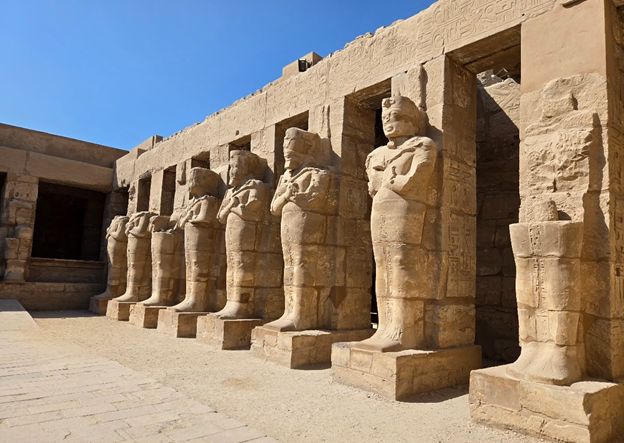
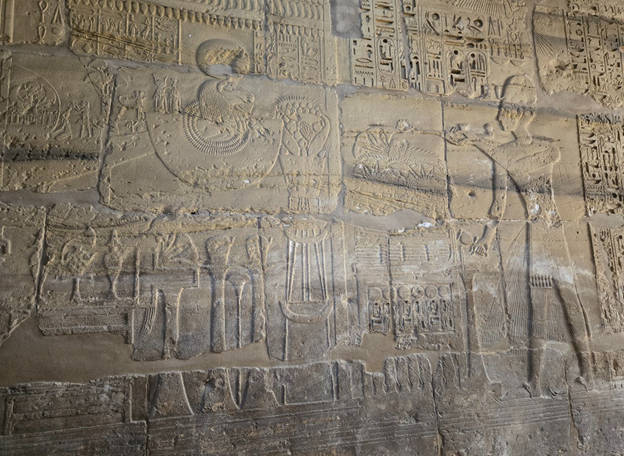
Luxor Temple
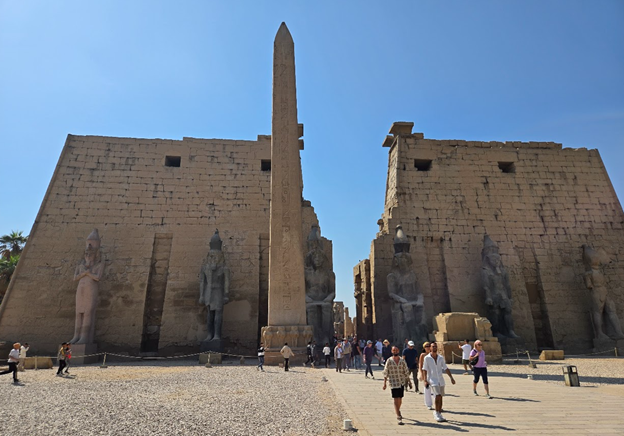
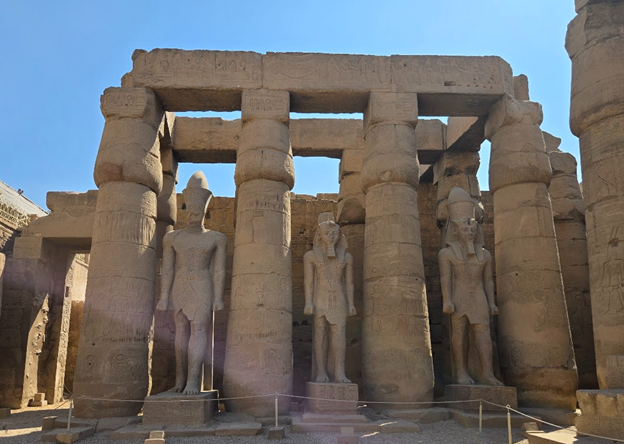
The Luxor Temple, constructed primarily during the New Kingdom period around 1400 BCE, stands as a testament to ancient Egyptian architectural prowess in the heart of modern Luxor. Unlike other temples dedicated to specific deities, this magnificent structure was built to celebrate the concept of divine kingship and served as a venue for royal coronations and ceremonies. The temple’s location is particularly notable, as it remains integrated into the modern city, with an ancient sphinx-lined avenue connecting it to the Karnak Temple complex.
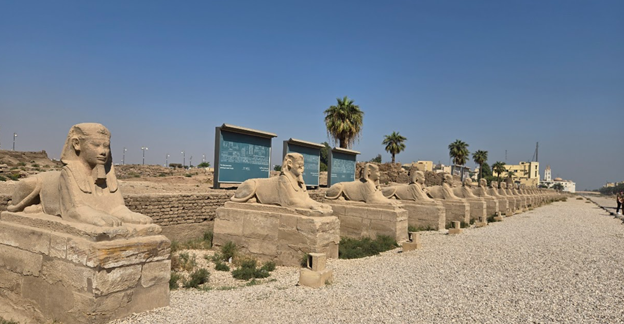
The temple’s architectural highlights include the grand colonnade of Amenhotep III, featuring soaring columns with elaborate capital designs, and the impressive first pylon built by Ramesses II. The courtyard of Ramesses II, adorned with massive statuary and detailed reliefs, leads to the older sections built by Amenhotep III. The temple’s walls showcase remarkable reliefs depicting important religious ceremonies, particularly the annual Opet Festival, when the sacred barques of Amun and Mut would travel from Karnak to Luxor Temple.
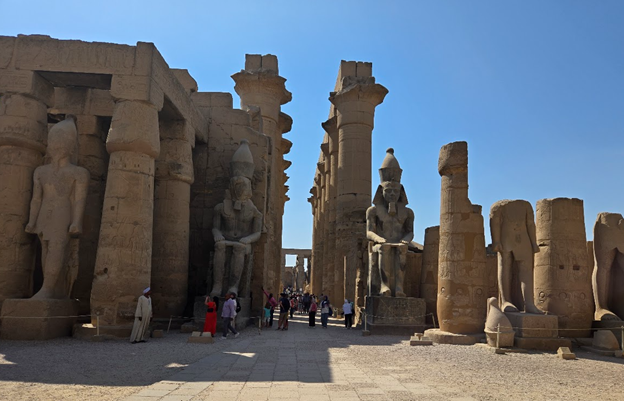
 \
\
Video: https://photos.app.goo.gl/GfKFFs7XVnvtyeSg7
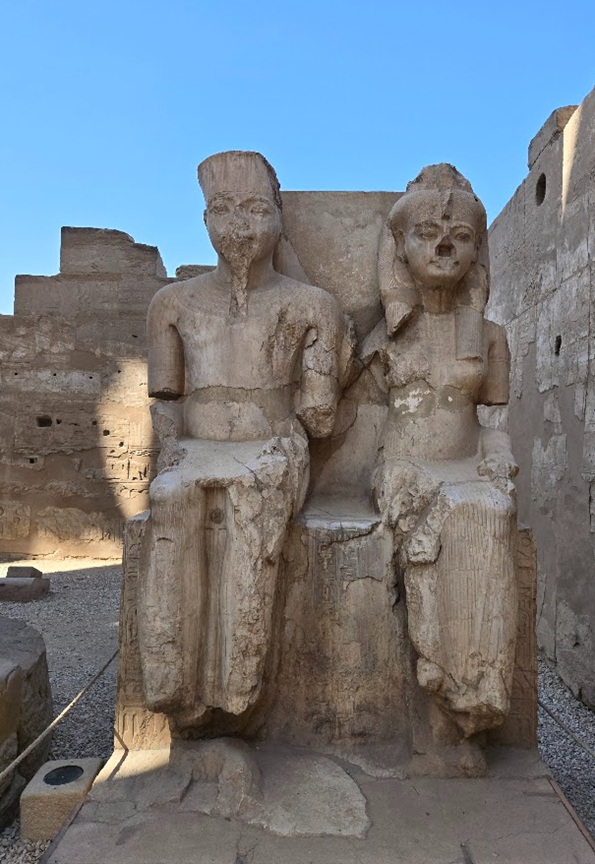
The monument represents a unique historical palimpsest, with layers of history visible in its structure. Roman-era modifications include the conversion of parts of the temple into a Roman fortress, evidenced by remaining frescoes. The site later saw the addition of a Coptic church, and the 13th-century Abu El-Haggag Mosque still stands atop the temple’s eastern edge. The temple’s preservation allows visitors to observe original paint fragments on some ceilings and reliefs, providing insight into its original appearance. Evening illumination enhances the temple’s architectural details and creates an atmospheric experience for visitors.
